🏬 Co-Working Customer Journey Mapping
Preamble
I gave myself the opportunity to experiment with a range of AI tools to explore how they might support early-stage UX research; specifically in generating preliminary personas and customer journey maps. The objective was to critically examine the assumptions these tools might introduce, and to assess the strengths and limitations of AI-assisted methods in a UX context.
While this remains a highly debated and evolving topic, my goal was to identify potential biases in the AI-generated outputs. Spoiler alert: I wasn’t able to spot any overt biases. However, this finding is far from conclusive. In hindsight, a more rigorous approach would have involved conducting a parallel, traditional UX research process "by hand" and then directly comparing it with the AI-generated results. Only then could a meaningful evaluation of accuracy, bias, and nuance be made... I think. What do you think?
Persona
To build the persona, I used ChatGPT, Claude3 and QoQo AI; a UX generative tool as a way to test how AI interprets user motivations, goals, and frustrations. I then expanded the research using custom prompt flows to simulate qualitative interviews, behavioral segmentation, and emotional journey mapping.
Customer Journey Mapping
To simulate a high-fidelity research environment, I designed and iteratively refined a prompt engineering workflow that guided the AI through key research stages: from persona development and behavioral analysis to touchpoint mapping and opportunity identification.
LLM/AI used to create CJM:
- ChatGPT
- Claude3
- QoQo
The AI's was instructed to:
- Generate hypotheses and synthesize secondary data,
- Simulate qualitative research outputs (e.g., interview themes, sentiment patterns),
- Construct detailed journey maps based on user goals, emotions, and actions.
Source: ChatGPT Deep Research prompts & project
QoQo instructions for CJM
Persona
- ⏱️ Age: 28-35
- 🇸🇪 Nationality: Swedish
- 💒 Marital Status: Single
- 🚺 Gender: Female (she/her)
- 📍 Location: Stockholm, Sweden
- 👶 Children: No children
- 💼 Profession: Marketing Strategist, remote-first, SAAS company
- 💶 Income: €45,000 - €60,000 / year
- ♿️ Accessibility: Colour blind
Scenario
"Seeking a vibrant and well-equipped co-working space in Stockholm to host client meetings, focus on strategic planning away from home distractions, and connect with other digital professionals while working remotely."
Conclusion
This project functioned as both a deep UX exploration and a reflective meta-analysis of AI’s evolving role in human-centered design. It illustrates how AI can be used to rapidly generate artefacts; such as personas or journey maps, that serve as valuable conversation starters with stakeholders.
Me having worked primarily in startup environments, I recognise that this approach has practical value in fast-paced settings like the startup scene. When clearly communicated that the data is synthetic and assumption-based, these artefacts can help bridge knowledge gaps. They provide a starting point for stakeholders to share domain-specific insights with the design team, while also allowing the design team to introduce and advocate for UX principles, methods, and user-centered thinking. In that sense, the exercise can become a mutual learning opportunity; aligning internal understanding around both product context and the UX process.
---
P.S Big shout to Nick Qurle who created this Glassmorphism 2.0 effect that I used for the cover image. I really love the texture. I modified it a little bit to give it a 'milky' vs. clear glass feeling.
Tools used
From brief
Topics
Share
Reviews
2 reviews
Hi Jonas!✨
Oh, what an absolutely fascinating project and such a thoughtful, deep approach you've showcased! I'm genuinely thrilled by your willingness to experiment with AI tools in UX research and, even more importantly, your commitment to critically evaluating and comparing their outputs. That's truly how we discover the best ways to integrate new tech into our work – it's so smart!
I completely agree with your insights: AI absolutely can be an incredibly powerful ally, helping us tackle tasks faster and achieve results more efficiently. Your project beautifully illustrates how AI can quickly generate artifacts like personas or journey maps, making them fantastic "conversation starters" with stakeholders. Your reflections on how this is especially valuable in fast-paced startup environments are brilliant – it really shows your practical mindset!
By the way, your case study covers from Nick Qurle are simply stunning! 😍
Now, just a small note on access for my end: I wasn't able to view the full project details, as it seems access is by request only. However, even from the comprehensive overview you've provided here, it's clear you've not just explored AI's potential, you've conducted a deep, reflective meta-analysis of its role, touching on synthetic data, potential biases, and the need for traditional research comparisons. This truly marks you as a mature and incredibly responsible researcher and designer.
Your projects are genuinely inspiring!
Jonas, this is truly impressive! The Customer Journey Map for the co-working space brilliantly captures all the stages and different customer experiences. The way you highlighted emotions and touchpoints at each stage is spot on. I really appreciate how you’ve focused on identifying pain points and improvement opportunities. This map not only clearly shows the current state but also offers valuable insights for enhancing the customer experience. It’s definitely something that will help design teams focus on key areas for improvement. Excellent work, and thanks for sharing this!
You might also like
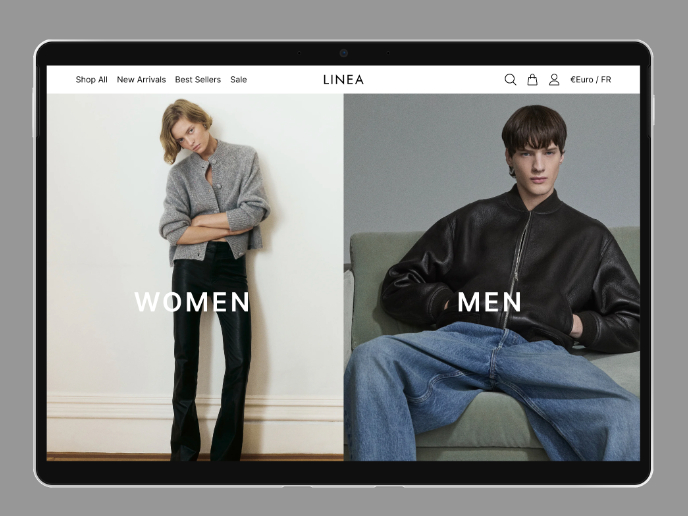
L I N E A - Minimalist Fashion Brand
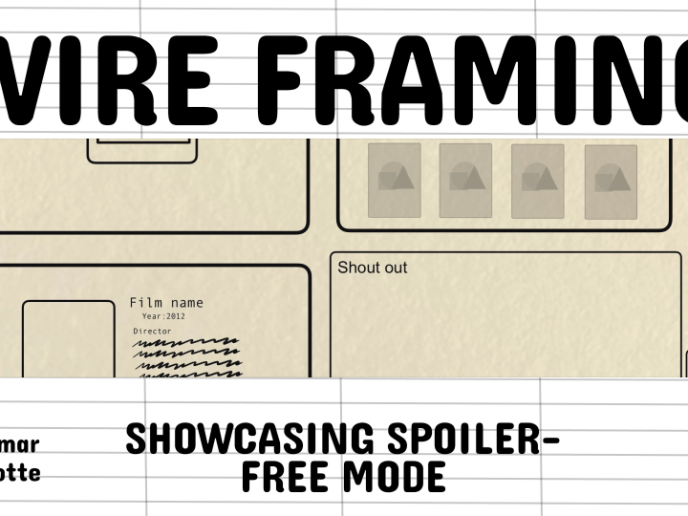
Video Streaming Service wireframe: Spoil-free mode and Interactivity
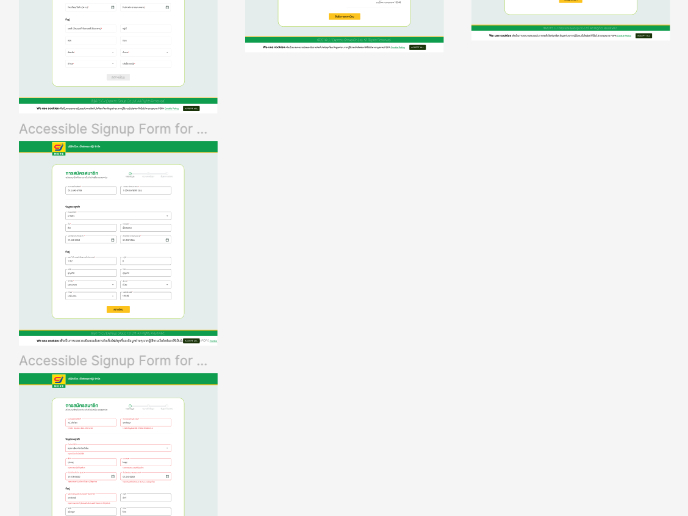
Accessible Signup Form for SaaS Platform
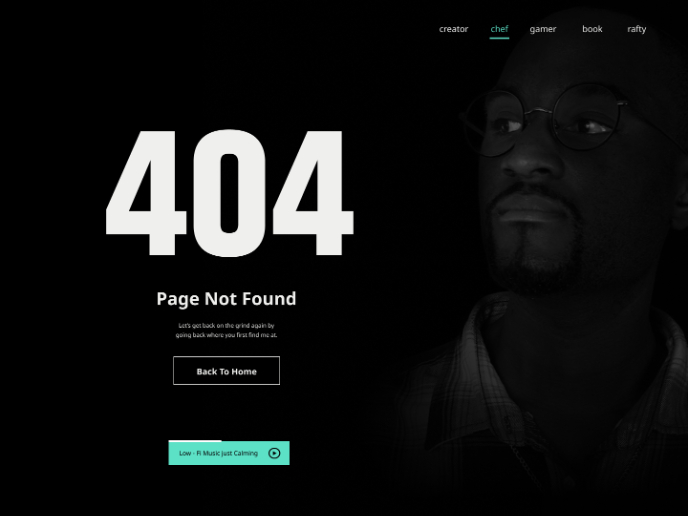
404 for Personal Website

SIPALA - Attendance, Leave, and Activity Management System
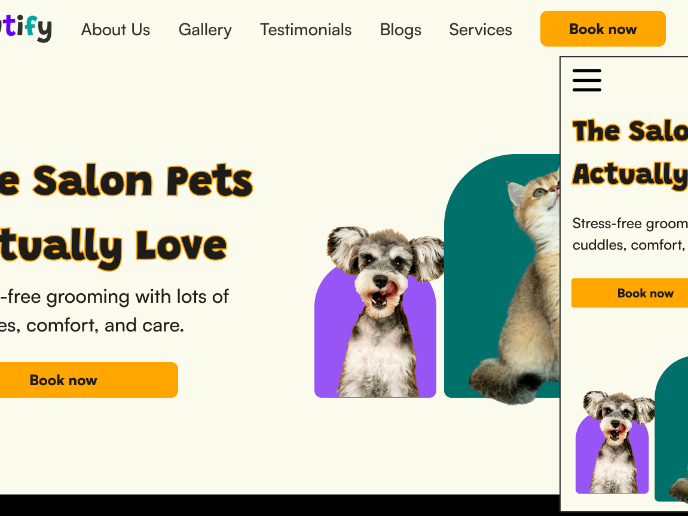
Pawtify - Responsive Landing Page Brief
User Research Courses

Introduction to Product Management

The Product Development Lifecycle & Methodologies













